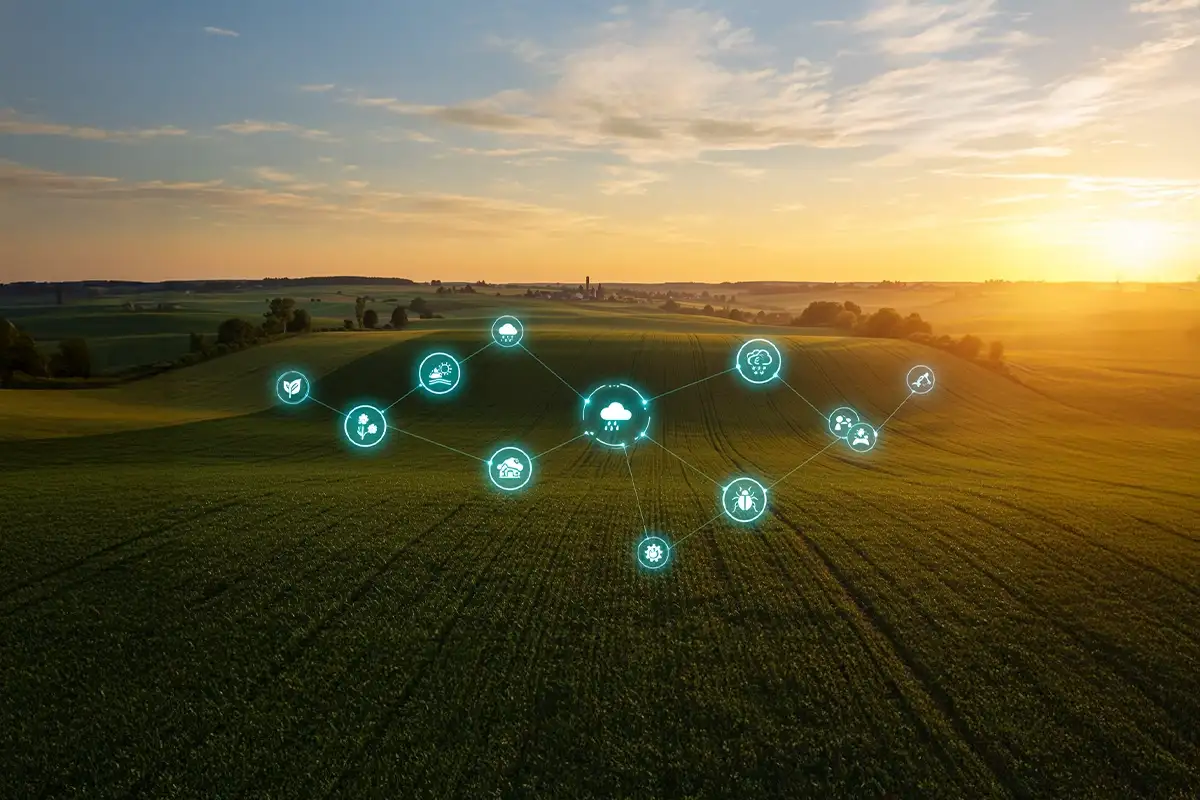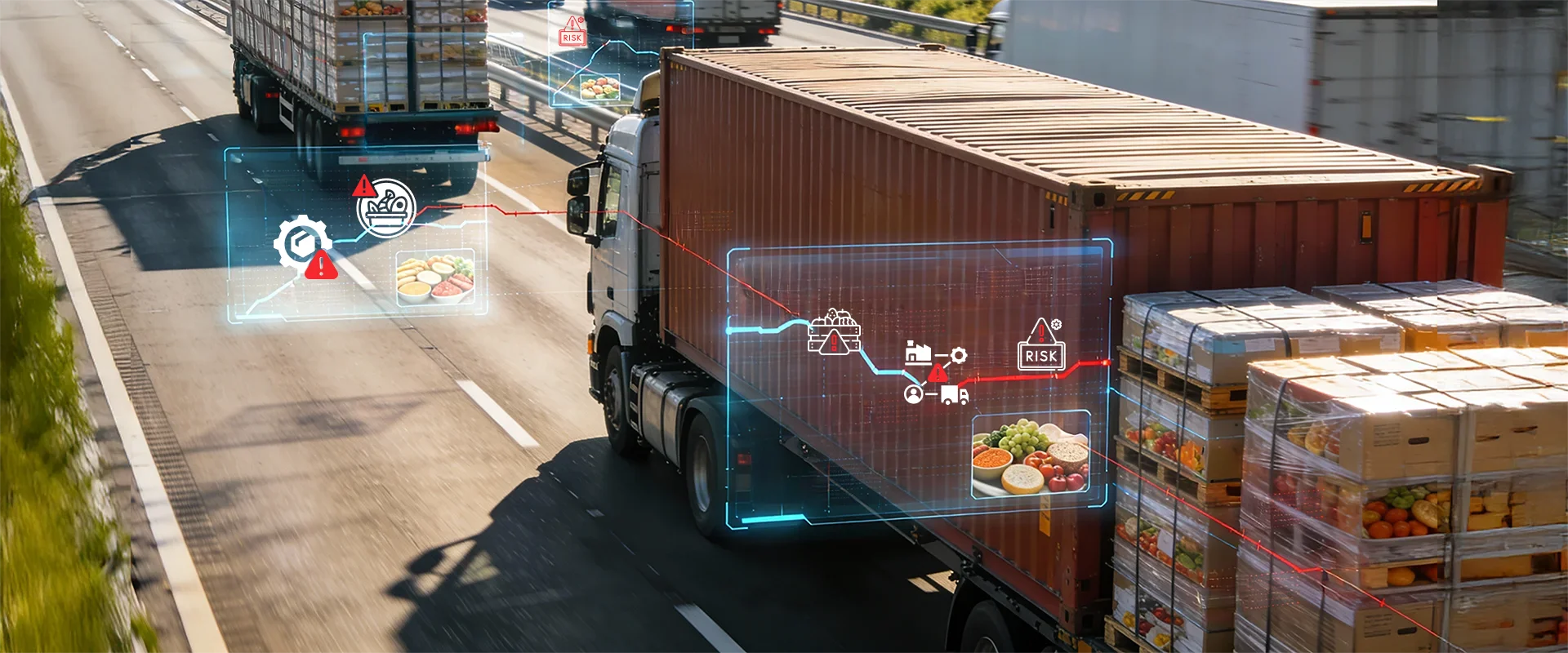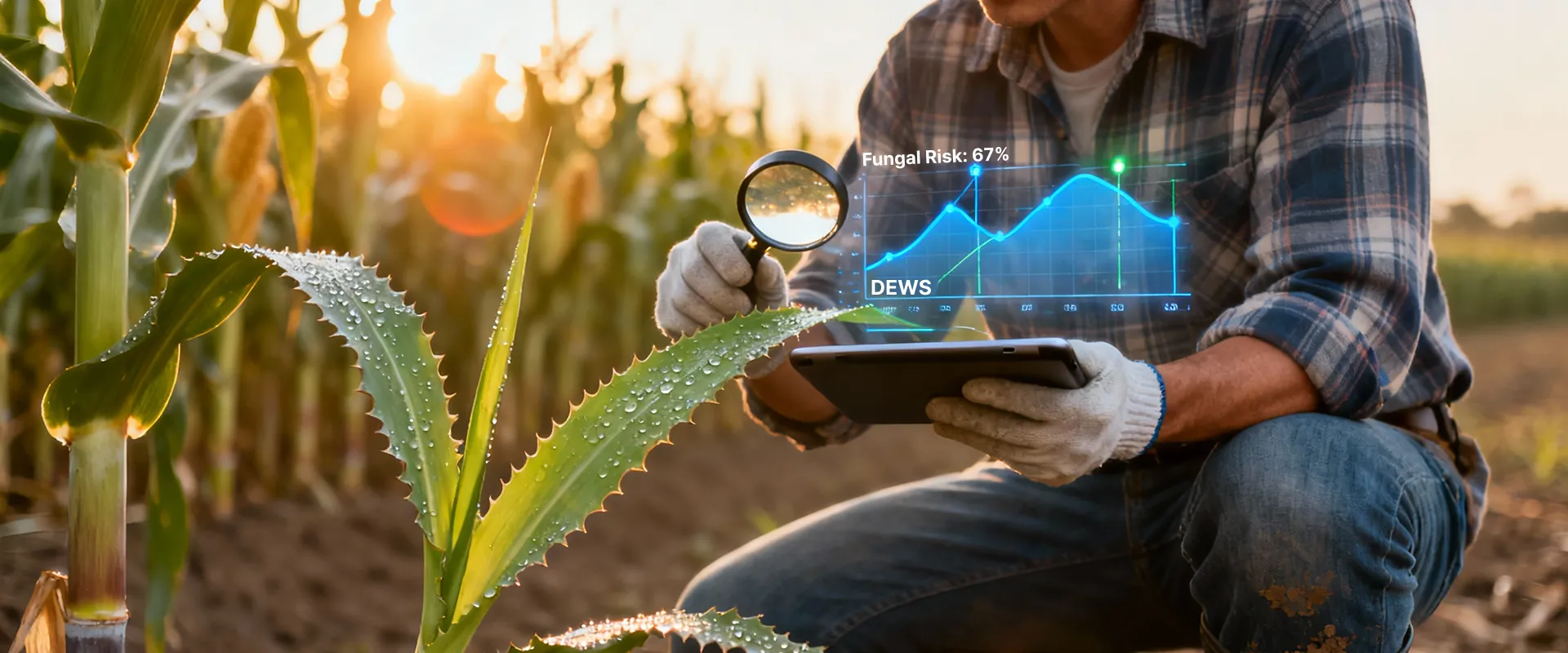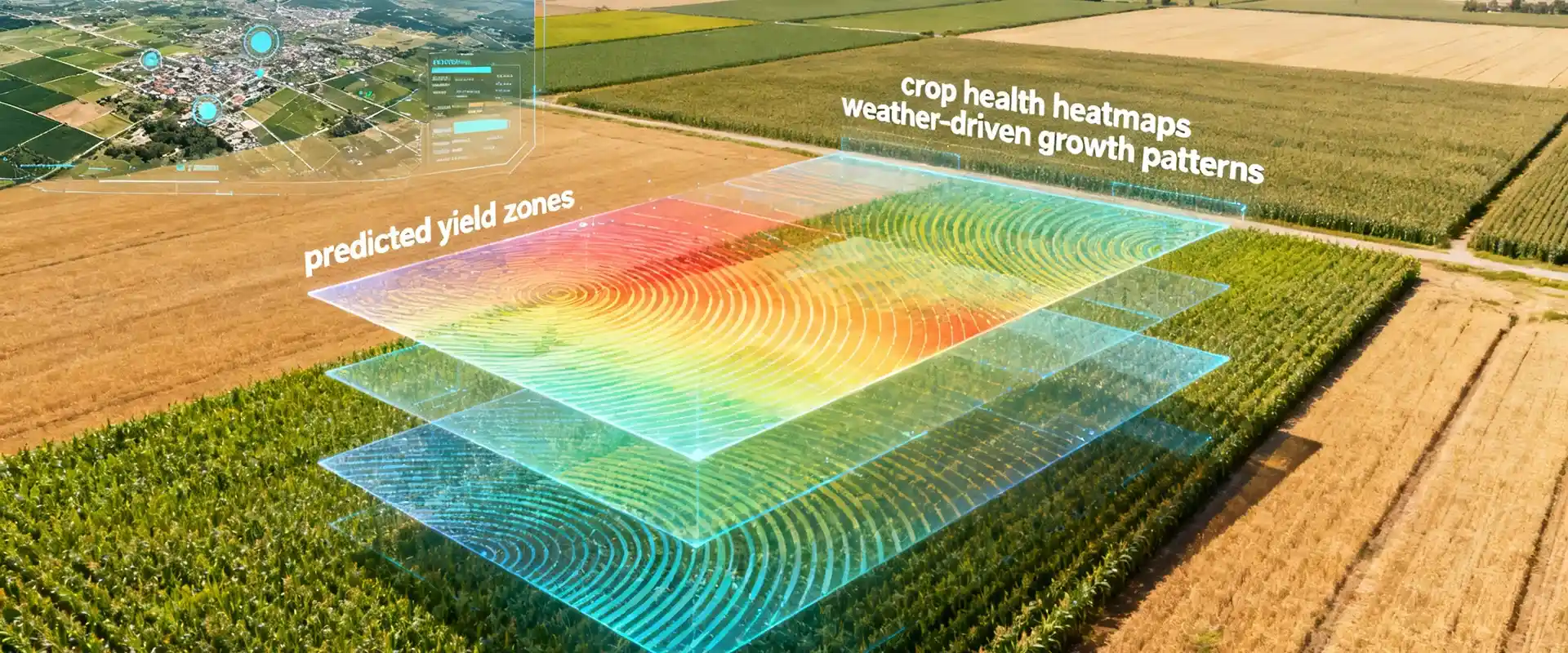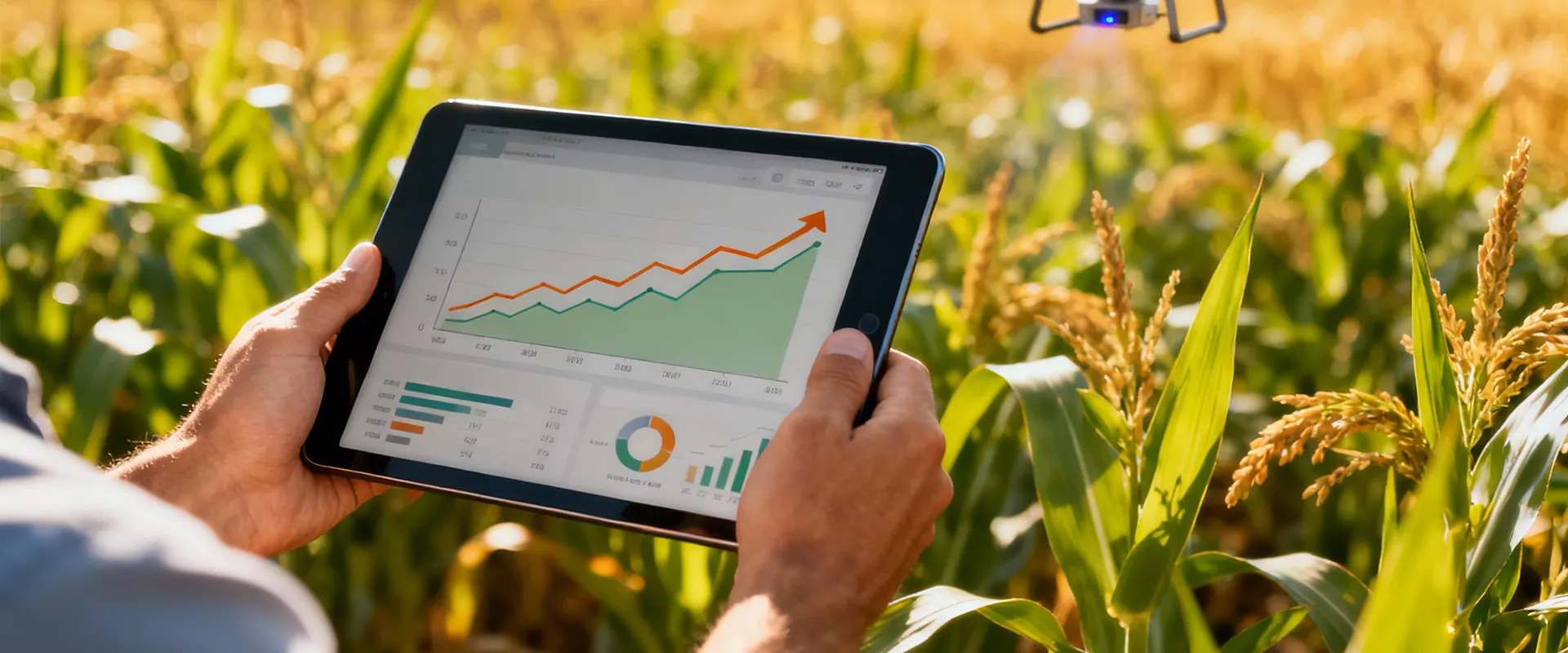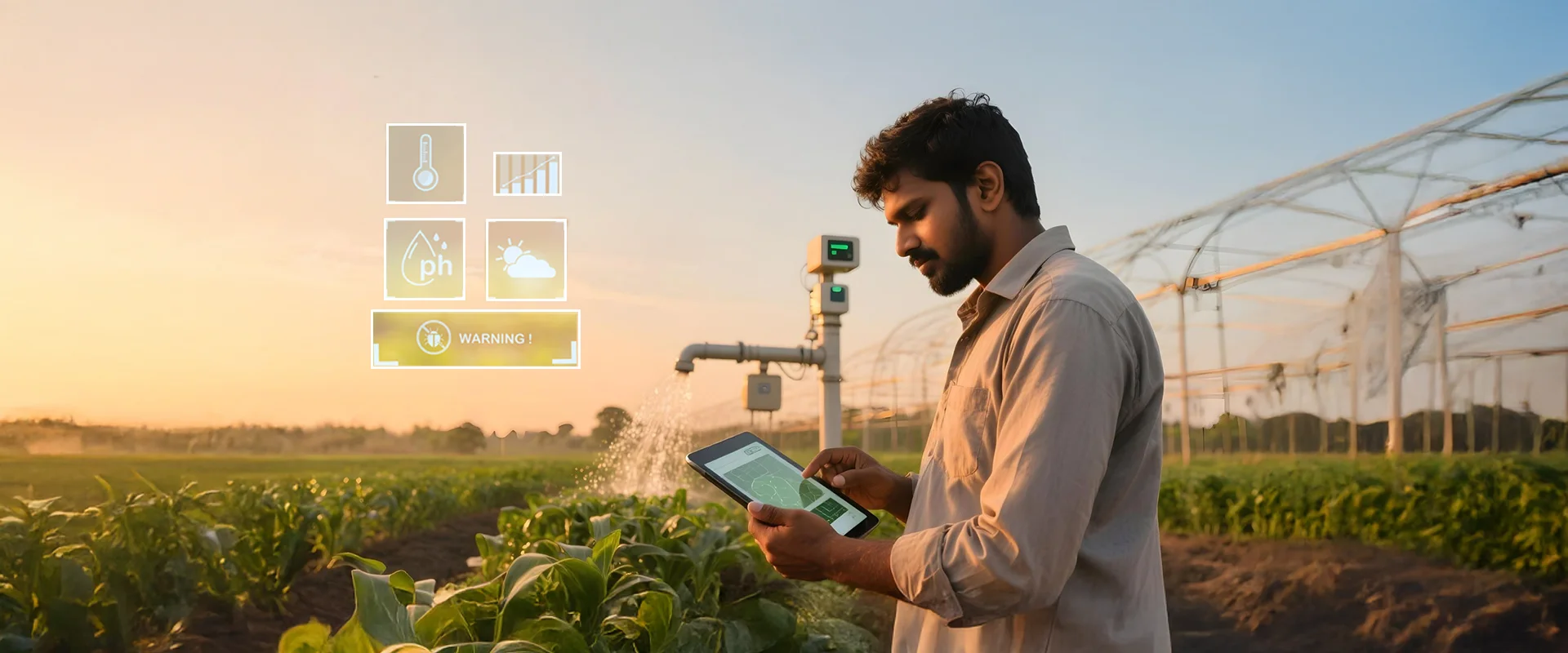Synopsis:
Artificial intelligence (AI) is transforming agriculture. However, limited data, regional variations, and other complexities of real-world farming pose significant challenges in training AI models. Agri-Informed Neural Networks (AINN) is a groundbreaking approach that integrates deep learning with expert agricultural knowledge. By incorporating crucial agri-information, AINN models overcome data limitations and deliver improved accuracy in yield prediction, disease detection, precision irrigation, etc. This blog post explores the principles behind AINN, its key benefits, and how it’s poised to transform the future of sustainable and efficient agriculture.
Overcoming the challenges of agricultural data
What are neural networks?
What is agri-informed neural networks or AINN?
Crop identification: a data - driven challenge
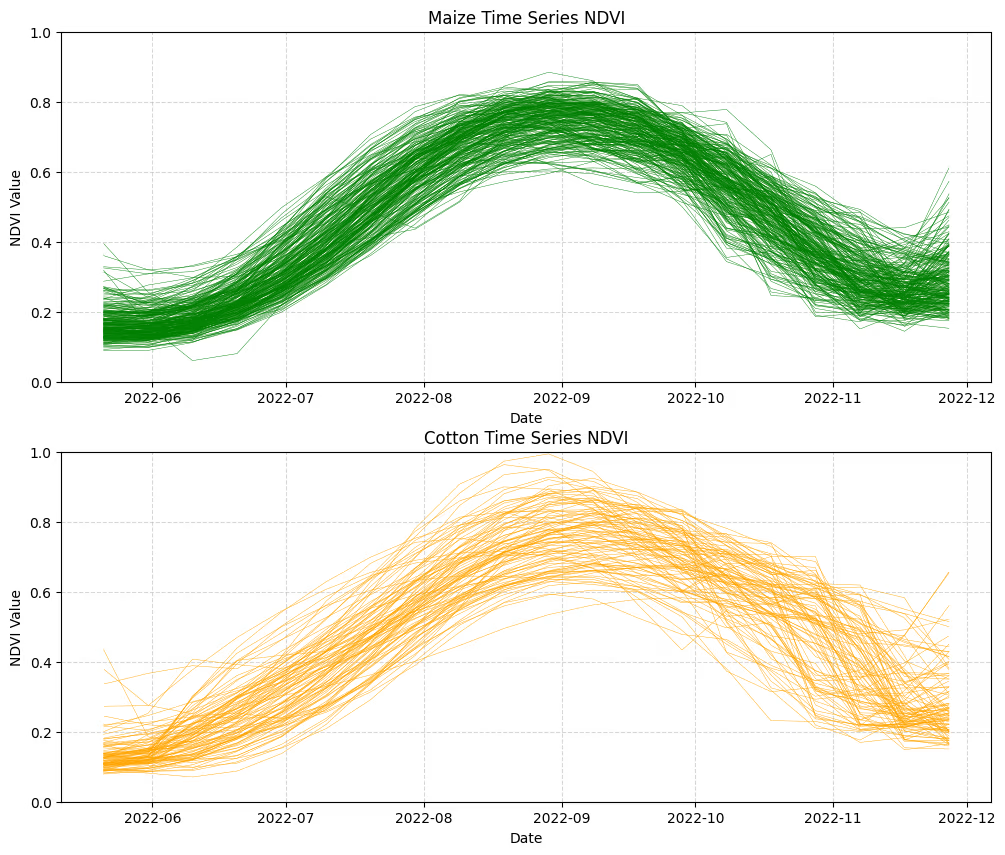
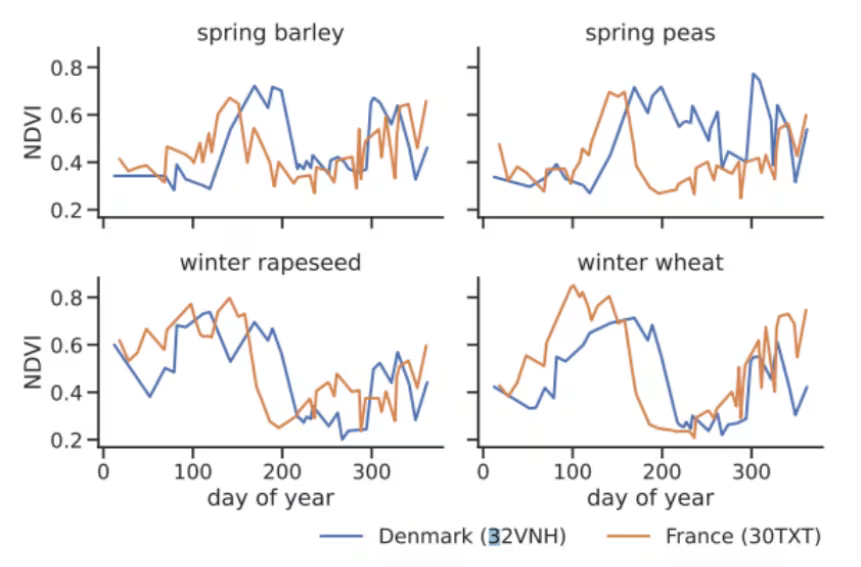
Figure 2: NDVI time series for crops from two different Sentinel-2 tiles in Europe, indicating growth of four crops.
Deep learnings models are confused in identifying crops when
- Different Crops in the Same Region Have Same Spectral Signatures
- Same Crop in Different Regions Have Different Spectral Signatures
- Soil and Reflectance: Each pixel in a satellite image at current resolution captures information about the crop of interest, along with the influence of surrounding factors, like the underlying soil, which can impact NDVI signatures.
- Regional Planting Practices: Minor changes in planting practices, such as spacing or orientation, can subtly alter the reflectance patterns. Building a generalizable model that can handle these regional planting practices can be very challenging.
The Cropin approach: agri-informed neural networks
- Periodic Polyhouse Use: If polyhouses are used for a specific period every year, this information can be valuable for model training.
- Perennial Crops: If a particular perennial crop has been observed in a location for the past five years, it is likely to be present in the sixth year.
Predicting the quality of produce: importance of crop age
Leveraging AINN for quality prediction
- Nursery Age: How old is a plant when procured from the nursery and planted in the field?
- Gestation Period: What is the gestation time between planting and the onset of fruit production for a specific crop?
Developing active learning models: leveraging limited data
- Identifying High-Confidence Plots: Towards the end of a growing season, just before harvest, we can identify plots where the crop maturity is high
- Ground Truth Verification: These high-confidence plots can be used for ground truth verification.
- Model Refinement: The model can be retrained using these verified data points, significantly improving its accuracy. This approach could potentially increase model accuracy from 60% to maybe even 80%.
Key agri-information for active learning:
- Crop Maturity: Information regarding crop maturity in a specific region is crucial for identifying suitable plots for ground truth verification.
- Sowing Timeframe: Knowledge of the sowing season or timeframe helps determine the expected maturity stage of crops within a given region.
Pushing the boundaries of innovation at Cropin
- Overcome data limitations: AINN addresses the challenge of data scarcity by effectively utilizing available agricultural knowledge.
- uncertainties with confidence: By incorporating the guardrail of agricultural knowledge, AINN models can better handle the uncertainties inherent in agriculture.
- Deepen our understanding of regional farming nuances: AINN helps us better understand the unique characteristics of different farming regions.
- Reduced Data Requirements: AINN can be used to train highly accurate models with significantly less data.
- Improved Model Efficiency: AINN enhances the efficiency of various AI models, including crop disease identification, yield prediction, irrigation optimization, and soil analysis.

